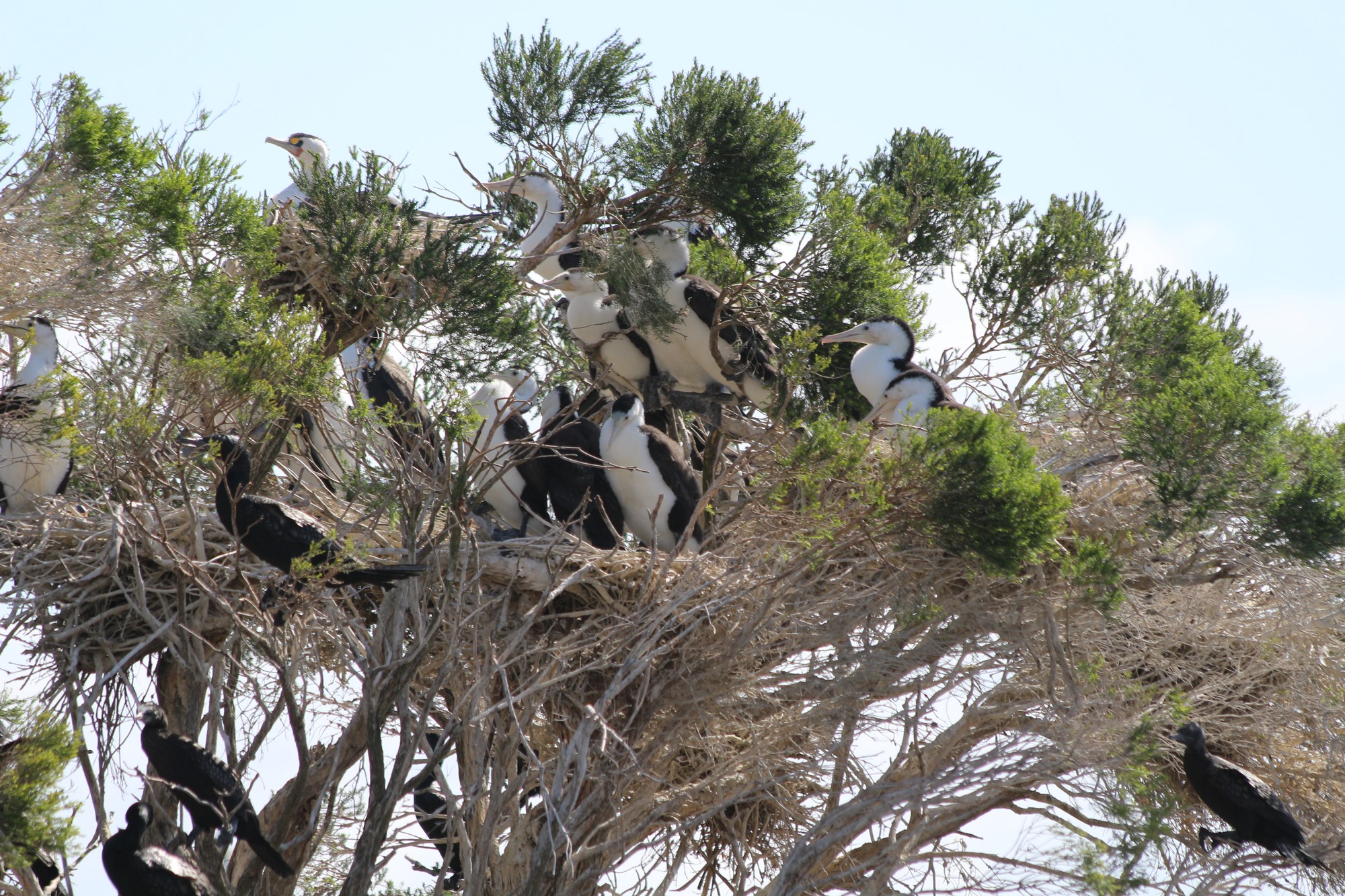For three years, West Gippsland has had consecutive wet seasonal conditions, including record breaking rainfall in high altitudes around Mount Baw Baw – the catchment which feeds into Melbourne’s biggest urban water storage – the Thomson Dam.
The cumulative years of high rainfall saw the Thomson Dam spill on 28 October 2022 for the first time since 1996, and for only the second time in the water storage’s 40-year history.
Water volumes between 2000 to 3000 megalitres (ML) flowed over the spillway and into the Thomson River in November. The size of these flows is much greater than can be achieved with the annual environmental water 18 gigalitre (GL) entitlement and caused bankfull and overbank flows in some downstream sections of the river.
Consecutive years of above average river flows have provided great breeding conditions for native fish such as tupong and river blackfish, and coupled with the Cowwarr fishway, allowed fish to move freely through the Thomson River downstream of Thomson Dam, the Latrobe River downstream of Blue Rock Dam and the Macalister River downstream of Lake Glenmaggie.
Waterbird boom in response to high rainfall
In December 2022, Dowd Morass recorded a significant waterbird breeding event with more than 100 little black cormorant, black cormorant, little pied cormorant, pied cormorant and Australasian darter nests. Fish populations also increased due to the high flows. Preliminary results from the Thomson River annual survey results in February 2023 showed high numbers of tupong, higher than catch rates in 2021, and catch rates of river blackfish were the highest since survey results started in 2005.

Image: Cormorant rookery at Dowd Morass, by West Gippsland CMA
High flows from all three rivers have also improved the health of the lower Latrobe wetlands over the last three years. Notable responses in the wetlands include significantly reduced salinity, increased growth of freshwater plants, such as ribbon weed, and increased waterbird breeding.
Water for the environment in 2022-23
Most of the time, the Thomson River (Carran Carran) and the plants and animals that depend on it, are heavily reliant on water held for the environment. Winter is one example, with passing flows in winter typically around 125 ML a day. When available, water for the environment is used to boost these winter flows to 350 ML per day to increase the quality and quantity of habitat available for fish, platypus and waterbugs and to help control salinity levels in the Latrobe River estuary.
Water for the environment was used in July 2022 to boost winter low flows in the Thomson River but ceased after 23 days when local inflows exceeded the environmental flow target.
Planned spring freshes described in the Seasonal Watering Plan 2022-23 were also exceeded by natural river flows, and a combination of storage spills and natural flows achieved summer low flow and fresh targets. Water for the environment was used from mid-April to deliver autumn freshes which aim to trigger the migration of native fish, followed by low flows in June to maintain a minimum level of habitat for fish and waterbugs.
Environmental flows supporting fish breeding cycles
“The Thomson River has been highly modified because of the Thomson Dam,” West Gippsland CMA Environmental Water Officer Stephanie Suter said.
“Approximately 70 per cent of the native fish population in the Thomson River are migratory, travelling either upstream or downstream from fresh to marine environments for critical parts of their breeding cycles.
“These fish have evolved to migrate based on seasonal temperature and flow cues, particularly in the higher rainfall seasons of autumn and spring. As a regulated system, the natural flow triggers in the Thomson do not occur as often as they would have before the dam.”
Each year, the full 18 GL environmental water entitlement is generally used – even in wet years.
“To give the native fish population more opportunities to successfully migrate, breed and grow, water for the environment is delivered in autumn and spring to mimic the natural flow pattern, with an increase in flow timed to coincide with the peak migration window for most species,” Dr Suter said.
The Thomson Dam is the largest urban water storage in Victoria and was hydrologically designed to build up water reserves over wetter years to use during drier conditions to secure Greater Melbourne’s urban water supplies. Water that would have flowed into the river is captured and held in storage – and diverted west away from the river.
Water held for the environment gives environmental water managers the resource to respond to what the fish and other animals and plants need to survive.